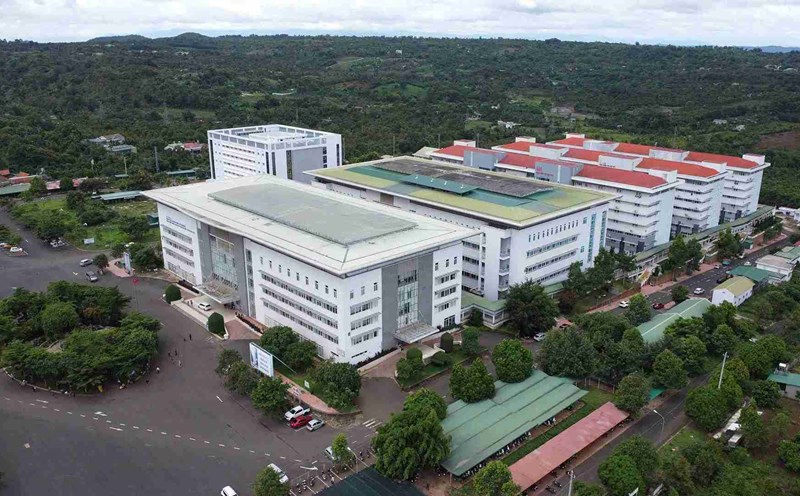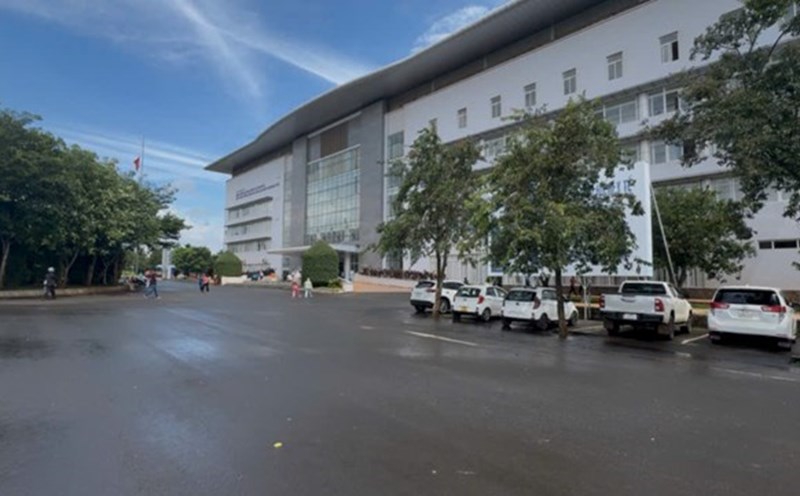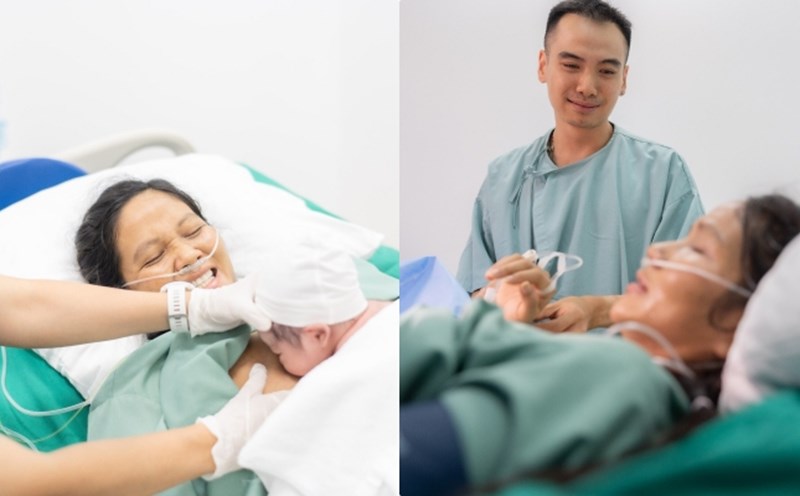Doctor Nguyen Tuan Dat, Head of the Department of Andrology, 108 Central Military Hospital, said that urethral stones are a common disease, prone to complications and have a high recurrence rate. Most urinary stones form in the kidneys, then follow urine to other locations to form urinary stones, bladder stones... In this group of diseases, kidney stones account for a high proportion (30 - 40%).
kidney stones form silently, without signs, but when they appear, they will cause damage to the urinary tract such as urine and infection. Usually, patients will feel pain or tungy in the lumbar or accompanied by fever. If the patient does not treat it, it will cause complications such as nephritis, kidney failure and especially kidney failure.
In the treatment of kidney stones, patients previously had to undergo a painful open surgery, a long hospital stay, and expensive costs. Long surgery affects aesthetics, work capacity and especially kidney function damage. Today, with the development of science, less invasive interventions are increasingly dominant. Especially with endoscopic surgery, kidney stone incision through small tunnel skin with laser is a breakthrough in surgery to treat open surgery instead.
The technique of stone carving the kidneys through small tunnel skin with laser will have an advantage over previous techniques. After surgery, the patient will feel less pain, less bleeding, almost no scar, no impact on aesthetics and labor. The hospital stay is only 1 and a half days to 2 days, compared to open surgery with 7 - 10 days. Moreover, this technique helps to reduce the impact on kidney function, and the patient recovers quickly. In particular, the surgical process allows the examination of all kidney stations, so minimizing the possibility of stones remaining.
With this technique, the surgeon will only remove about 0.5 - 1cm of the back or lumbar. Under the guidance of an ultrasound, a tunnel is set in to the kidneys. Bring an endoscoper through the tunnel to find stones. Using a laser power source, the gravel was broken into small pieces and sucked out through the tunnel. Finally, the doctor will place a Tube from the kidneys into the bladder (JJ sonde) to help improve circulation. The patient will be scheduled for a 1-month follow-up examination and X-ray to assess the effectiveness of J sonde's stone excavation and extraction.
The doctor recommends that patients should drink plenty of water to remove the debris and help improve circulation. In addition, patients can take a red Urinary Regimen due to sonde JJ, but patients should not worry too much because this will end when patients are re-examined and have sonde JJ taken.











